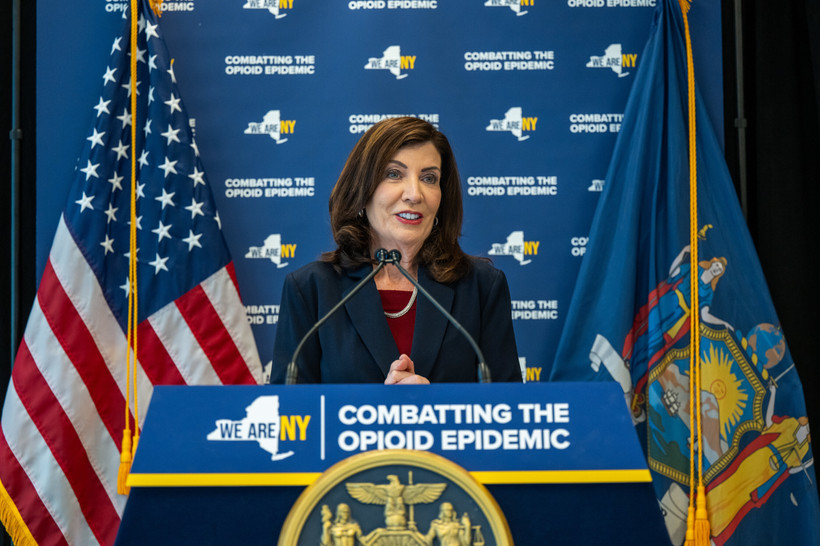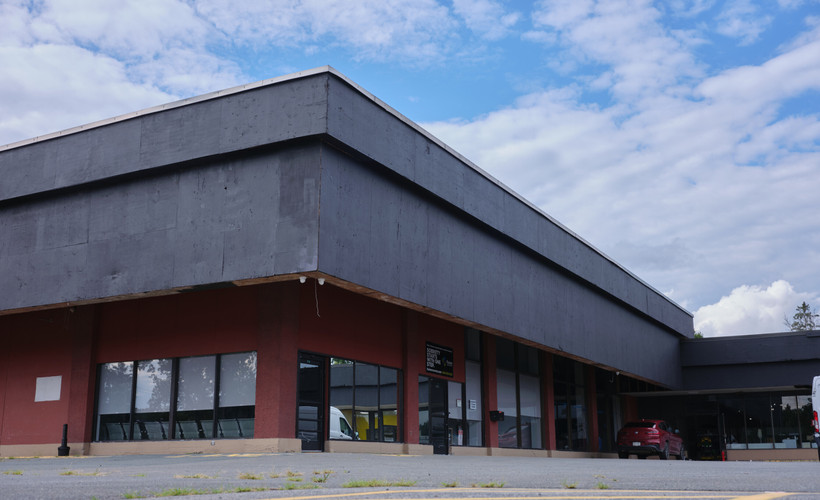In Upstate New York, Treatment for Opioid Addiction Gets Harder to Find
The average New Yorker has to travel nearly 10 miles to access methadone, a New York Focus analysis found. Upstate, they have to go even further.

Using OASAS data, New York Focus calculated the average distance a person admitted to an opioid treatment program would have to travel to reach a brick-and-mortar location.
Each average distance is weighted by the number of admissions from that zip code to a particular program. Distances were calculated as a straight line from the nearest point on the boundary of the zip code to the main address listed for each opioid treatment program. In zip codes with between one and ten of admissions to a particular program, exact numbers were redacted, so the average distance was calculated for both the minimum and maximum number of admissions and the lowest value was selected.
While it’s likely that not everyone admitted to opioid treatment programs received methadone, the averages represent how far a person from a given zip code admitted to a program would have to travel to receive the medication.




